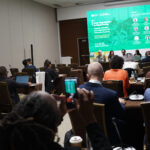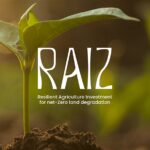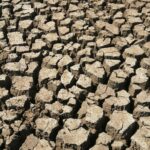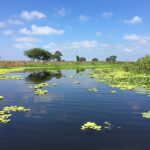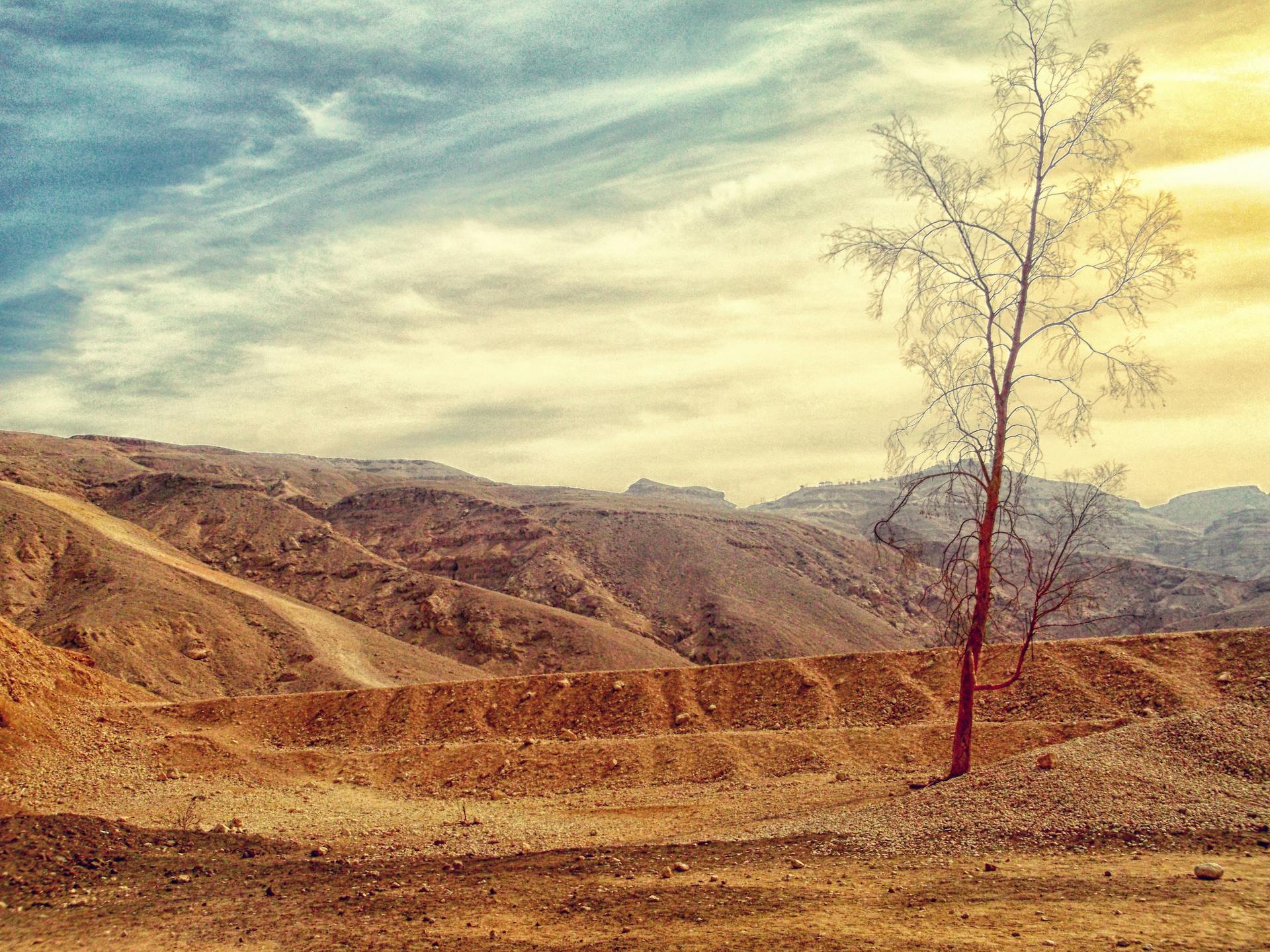Brazil’s Environmental Journey: Navigating Challenges and Embracing Solutions in Land Restoration
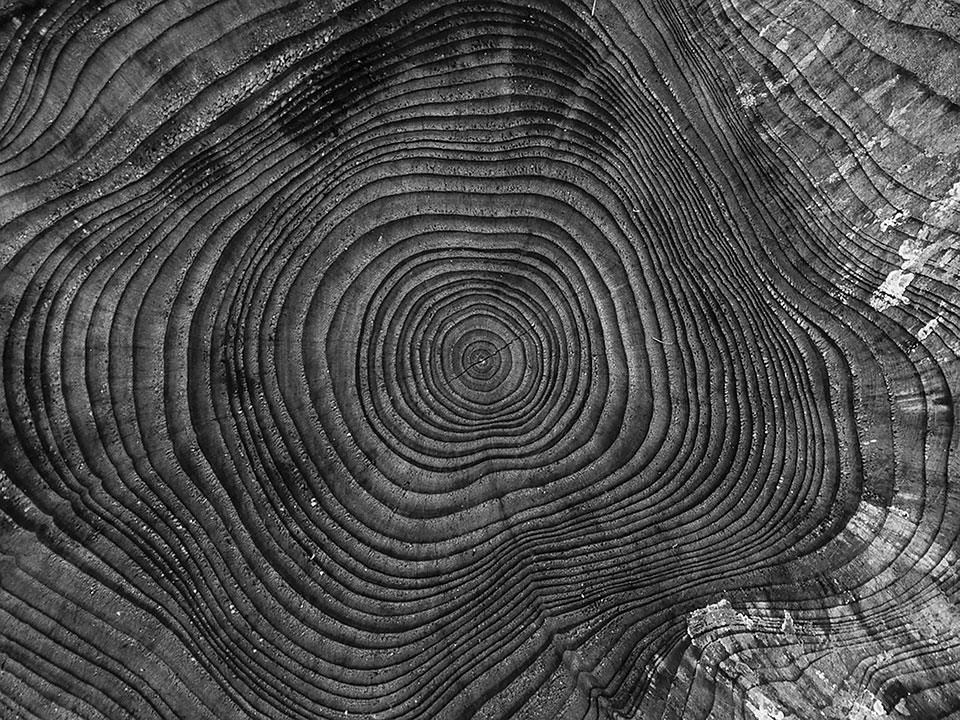
When people think of Brazil, the Amazon is usually the first thing that comes to mind, and is likely to be top of mind with Brazil as the sitting G20 Presidency until December 2024.
Brazil’s environmental journey is captured in the poem, “The Time of Climate,” penned by Márcia Wayna Kambeba of the Omágua/Kambeba indigenous people in Brazil.
It paints a picture of a Brazil that once was pristine and lush green, with perfect weather conditions. But then it goes on to depict the stark shift caused by various human activities and rampant forest fires. The picturesque landscape succumbs to scars, yielding polluted air, dried-up water bodies, altered climate, loss of forest cover, extinction of species and so on.
The poem serves as a prelude to the harsh environmental truth experienced in Brazil from 2001 to 2022, when Brazil witnessed a significant reduction of 66.1 million hectares of tree cover, marking a 13 per cent decline since 2000. Notably, 10.1 million hectares, an area the size of South Korea, succumbed to fires.
In 2016, a peak was reached as 2.38 million hectares of tree cover were lost to fires, an estimated 44 per cent of the total tree cover loss that year. This data underscores the alarming trend of diminishing tree cover in Brazil, with wildfires especially in 2016, becoming an important ecological challenge between 2001 to 2022.
But Brazil’s story and days of environmental glory are not over yet. They can be reclaimed by restoring its lost hectares of land to ensure a sustainable future for generations to come.
The Amazon tends to overshadow Brazil’s other five major biomes, but together, all six biomes cover 20 per cent of the Earth’s natural species. These ecologically rich and diverse landscapes include the Amazon, Cerrado, Caatinga, Pantanal, Atlantic Forest and the Pampa.
The Amazon features tropical forests and meadows. Cerrado’s savanna vegetation also supports agriculture. The Caatinga, a semi-arid region, thrives in fruits and medicinal herbs. The Pantanal, influenced by rivers, abounds in rare flora and fauna. The Pampa integrates the herbaceous Araucária species forests and the Atlantic Forest, whose coastlines, exhibit varied climates and ecosystems.
Together, these biomes symbolize Brazil’s remarkable biodiversity, but they face significant challenges.
Land degradation, driven by forest fires, deforestation and droughts, leads to a cascade of environmental impacts. From soil erosion and habitat destruction to invasive plant species, floods, desertification, air pollution as well as water scarcity and contamination.
These environmental impacts, however, disproportionately affect indigenous communities in the country due to their direct dependence on the environment and its resources. For instance, the Munduruku people in the Tapajós region exemplify the challenges faced by indigenous communities as they strive to preserve their traditional way of life amidst increasing environmental threats.
In Brazil, the current indigenous population stands at 1.7 million, comprising 0.83 per cent of the total population, with half of this demographic living in the Amazon. Preserving the cultural richness of indigenous peoples is essential, given that it is closely entwined with their pivotal role as guardians of the land.
Indigenous communities often employ sustainable practices that contribute to the preservation of Brazil’s biomes, emphasizing the significance of their traditional knowledge in maintaining the ecological balance essential for the well-being of these diverse ecosystems.
Take the Guarani Mbya people for example. Their role as environmental guardians shot to prominence after restoring the Atlantic Forest. They came up with sustainable solutions that restored the large tracts of forest left behind after centuries of deforestation for development.
Drawing on their knowledge of the restorative power of pollinators, the community invested in beekeeping to revitalize the fallen forest. They also reforested the land with native plant species, which led to an amazing ecological recovery. The Guarani Mbya are trying to gain official tenure for this, their ancestral territory.
Some studies show that formalizing land tenure for indigenous communities in Brazil correlates with a significant annual increase in forest cover. Today over 50 other traditional communities across different Brazilian biomes are using these traditional methods to restore land, underscoring the critical role indigenous people could play to preserve and revitalize Brazil’s degrading lands.
Brazil requires and recognizes the need to formulate comprehensive strategies and policies to restore land to combat its degradation, and has initiated several restoration programs as part of its nationwide effort to reclaim millions of hectares of degraded land and promote sustainable land use practices.
- The National Plan for Native Vegetation Recovery (Planaveg), which was launched in 2017, aims to restore 12 million hectares of forest land and create 5 million hectares of integrated farming systems by 2030.
- More recently the Council for Sustainable Social Economic Development and a working group on land restoration was established.
- The updated Safra Plan, launched in June 2023 with a budget of nearly 7 billion real (US$1.4 billion), supports agricultural producers to reclaim degraded land.
- A recent pastureland recovery policy announced during the Climate Change Conference (COP28) held in Dubai in December 2023 incentivizes farmers to acquire or lease degraded land to address the challenges of low-tech cattle ranching.
Brazil’s environmental transformation, which is captured in both verse and data, underscores how critical it is to combat land degradation and promote ecological resilience. The evocative depiction by Márcia Wayna Kambeba serves as an urgent call to action, imploring people to consider the ramifications of unbridled land exploitation.
Brazil’s journey also makes two other critical points.
First, there is hope of rehabilitating Brazil’s renowned landscapes through ambitious government initiatives, such as Planaveg and the Safra Plan.
Second, the multifaceted challenge of land restoration requires a collaborative approach that takes into account the knowledge of indigenous practices, the vision of policymakers and the proactive participation of local communities.
